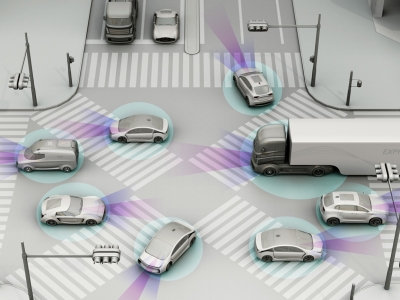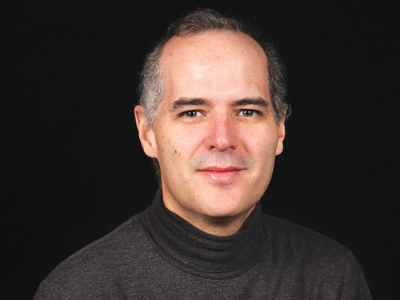By Joseph Mathieu
In honour of International Women’s Day, the fourth annual Breakthrough Breakfast took place on Thursday, March 3 to celebrate and support women in STEM.
It was one of many events during International Women’s Week, led by Invest Ottawa, that brings together the community to inspire, empower and equip women across many industries. The online event featured insights and inspiration from women who study and teach in Carleton’s Faculty of Engineering and Design (FED).
Erin Lui-Hing, a second-year Biomedical and Electrical Engineering student, emceed the event that highlighted STEM careers and introduced two outstanding graduate students who shared their PhD research.
Celebrating Trailblazing Women PhD Researchers
“The Internet of Things (IoT) is changing our lives,” started Anastassia Gharib, a PhD candidate in Carleton’s Sensor Systems and Internet of Things Lab. “When we’re talking about the IoT, we’re referring to very wide but at the same time complex networks, which bring great opportunities to business and the market.”
But IoT devices are prone to various data security vulnerabilities. A quick poll of the audience made the issue clear: an overwhelming 97 per cent of respondents have had data security concerns.
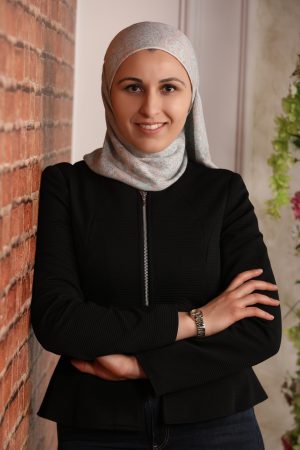
Electrical and Computer Engineering PhD candidate Anastassia Gharib
Through her research, Gharib looks at the IoT system management where security is often an afterthought. She uses graph-powered optimization and machine learning techniques to improve the manager of IoT node networks. Compared to existing algorithms, Gharib was able to save energy by 20 to 25 per cent and users were able to receive their data 30 per cent faster.
IoT devices can be very different—as simple as smart thermometers or as complex as intelligent medical robots—but their interoperability is essential. There is always some level of security risk, said Gharib, but high user security satisfaction and a high quality of service is still possible.
Electrical and Computer Engineering PhD candidate Shahrzad Khajavi discussed her work on novel designs of optical phased array (OPA) technology, which could revolutionize light detection and ranging (LIDAR) systems for autonomous vehicles.
The echolocation of bats was the first inspiration for how control towers keep track of aircraft and how self-driving cars detect road conditions, pedestrians and other vehicles. Khajavi described the process using a short video of a car approaching a moose.
“As the car drives by, one LIDAR pulse is captured off the base of its antlers, while the next may travel to the tip of one antler before bouncing back,” she said. “Measuring how much longer the second pulse takes to return provides data about the antler’s shape.”

Electrical and Computer Engineering PhD candidate Shahrzad Khajavi
Self-driving cars currently use cameras, radar sensors and LIDAR sensors. Cameras can provide a 360-degrees view of the area but have trouble identifying objects in bad weather. Radar sensors can identify objects during rough weather but have difficulties in pedestrian recognition.
Autonomous car companies like Google, Uber and Toyota rely upon LIDAR the most, although it is a mechanically complex and energy-intensive system.
Khajavi’s research depends on the OPA technique that controls and steers light by controlling the phase of radiated light. This work—which uses silicon photonics that can create circuits 10 times smaller than a human hair—would eliminate the need for mechanical moving parts that causes an undesirable high-power consumption.
Fostering Meaningful Conversation on Women in STEM
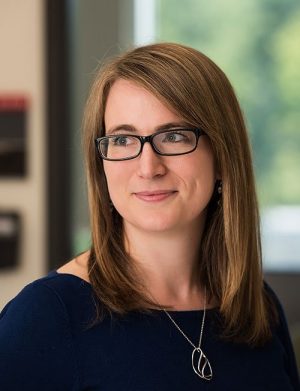
Dr. Audrey Girouard, Associate Dean (Research) in the Faculty of Engineering and Design, acted as moderator for the event’s conversation on Women in STEM.
Following the research presentations was an in-depth discussion where the two PhD candidates and their undergraduate emcee Lui-Hing were asked about their experiences as women in STEM. Questions were moderated by FED’s Associate Dean (Research), Dr. Audrey Girouard, an associate professor in the School of Information Technology.
While the outlook is generally positive, there are still many challenges facing women and girls who want to go into STEM careers and education. The representation of women in executive roles is still low and some men have false assumptions and biases about women’s abilities and interests. When asked what to do in the face of cynical comments that question whether women engineers or IT professionals have a right to be there, all panelists agreed that allies, especially in leadership roles, need to show women they want them part of their team.
“Seeing women in STEM helps women [students and early-career professionals] see they belong there too,” said Lui-Hing, “companies need to be dedicated to hiring more women and creating an inclusive environment. Consistency is important.”
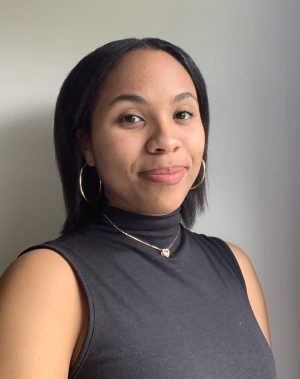
Second-year Biomedical and Electrical Engineering undergraduate student, Erin Lui-Hing.
“It’s not just women who need to help women and support them, it’s a broader conversation,” added Dr. Girouard in guiding the discussion. “It’s so important, and that allyship comes from classmates and colleagues and people at your level or at different levels.”
All three students mentioned the benefits of FED’s Women in Engineering & IT Program, which regularly hosts Candid Conversations with industry professionals. This informal mentorship and networking opportunity helps young women by giving them insight into industry practices, which in turn helps the industry.
“STEM needs a diverse workforce to solve complex problems,” said Khajavi. “And women also need to get a much-deserved seat at the table, to enjoy the social and economic benefits of working in STEM professions.”
Tuesday, March 8, 2022 in Electrical, Events, Graduate, Information Technology, Research, Undergraduate, Women in Engineering
Share: Twitter, Facebook
